18 GPTs for Troubleshooting Aid Powered by AI for Free of 2025
AI GPTs for Troubleshooting Aid are advanced, intelligent tools designed to assist in identifying and solving issues across various domains. Leveraging the power of Generative Pre-trained Transformers, these AI models provide contextually relevant advice, automate problem diagnosis, and suggest solutions. Tailored specifically for troubleshooting, they combine vast knowledge bases with the ability to understand and process natural language queries, making them invaluable in rapidly addressing technical challenges, customer support queries, and operational problems.
Top 10 GPTs for Troubleshooting Aid are: KQL Query Helper,TYPO3 GPT,🛠️ Circuit Whisperer Pro 🤖,Aviation Expert,中文对话,DCS: Wingman GPT,Angular .NET Cloud Guide,AutoMate (Peugeot),Product Manuel Expert,中文空压机助手,LSE + Litespeed Cache Plugin Helper
KQL Query Helper
Empowering Your KQL Journey with AI
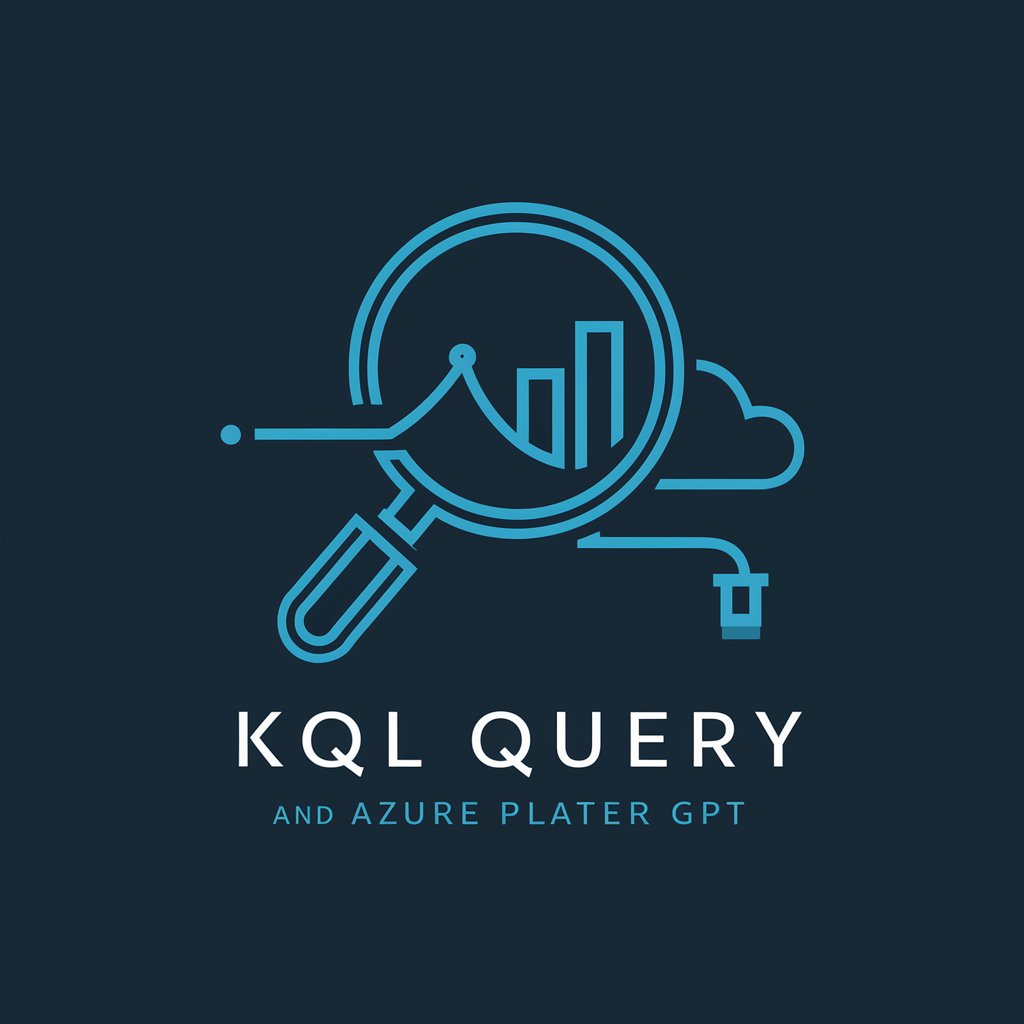
TYPO3 GPT
Empowering TYPO3 Development with AI
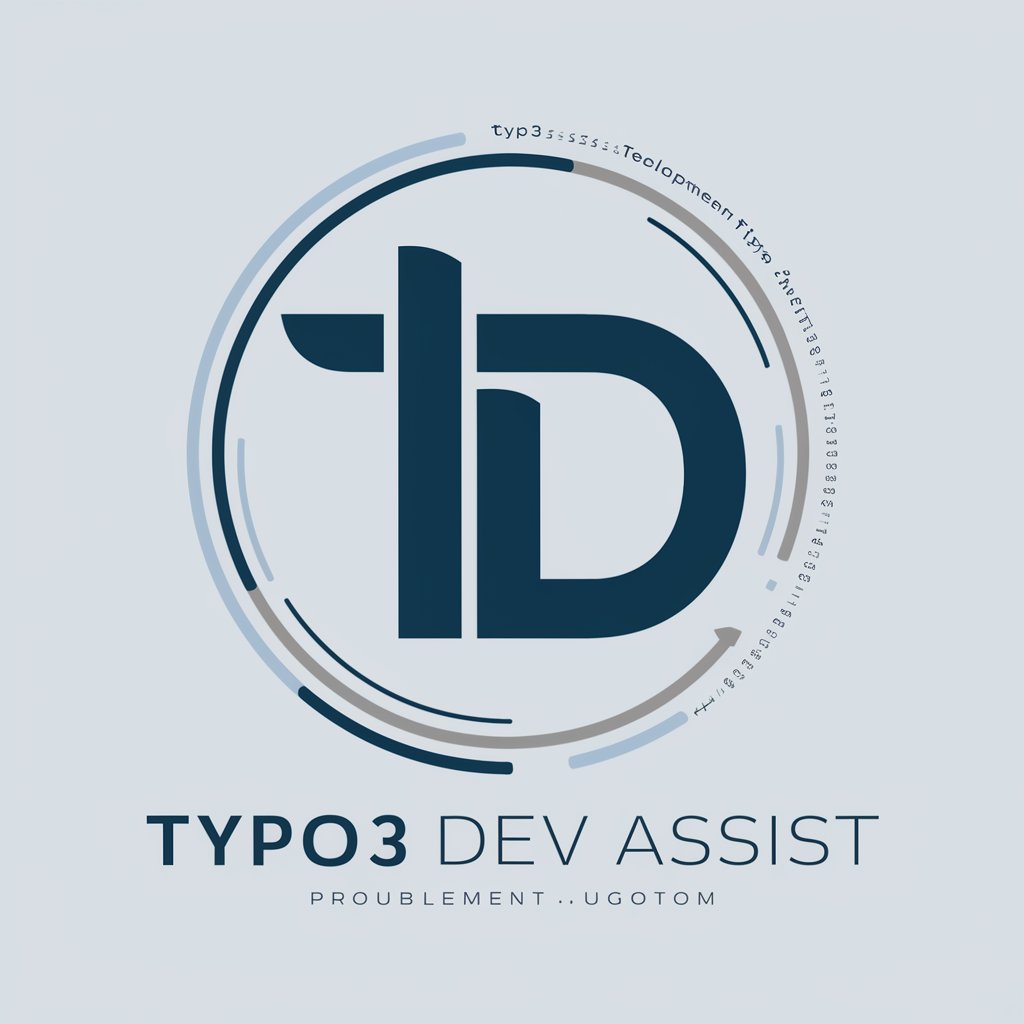
🛠️ Circuit Whisperer Pro 🤖
Empowering Your DIY Electronics Journey with AI

Aviation Expert,中文对话
Navigate the skies with AI-powered precision.

DCS: Wingman GPT
Elevate Your DCS Experience with AI

Angular .NET Cloud Guide
Powering Development with AI-Driven Angular and .NET Insights

AutoMate (Peugeot)
Your AI-Powered Peugeot Expert

Product Manuel Expert
Identify products instantly with AI

中文空压机助手
AI-Powered Air Compressor Expertise

LSE + Litespeed Cache Plugin Helper
Optimize web performance with AI-powered insights.

Linux Simulator
Simulate Linux commands with AI-powered precision.

Kubernetes Assistant
Streamlining Kubernetes with AI

MacOS Helper
Empowering Mac Users with AI Assistance
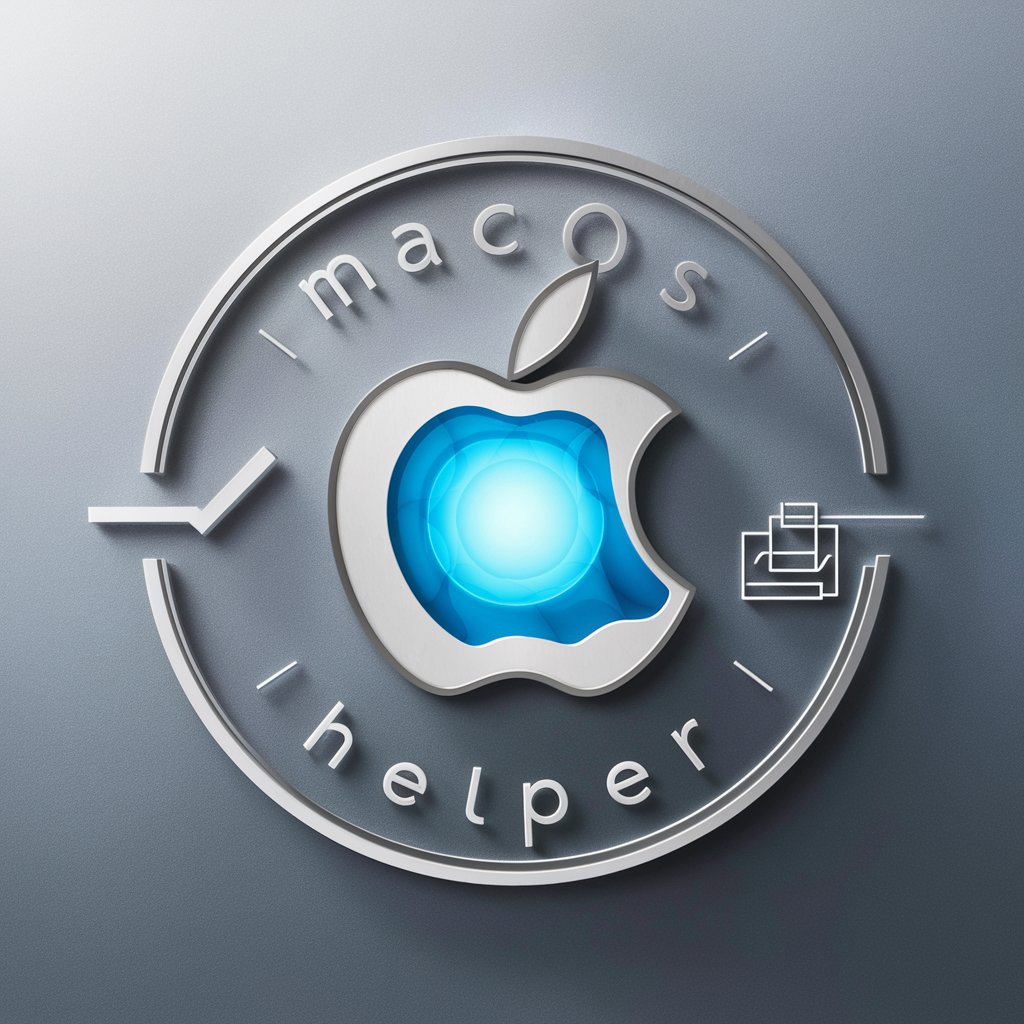
How Stuff Works
Unlock the secrets of everyday objects
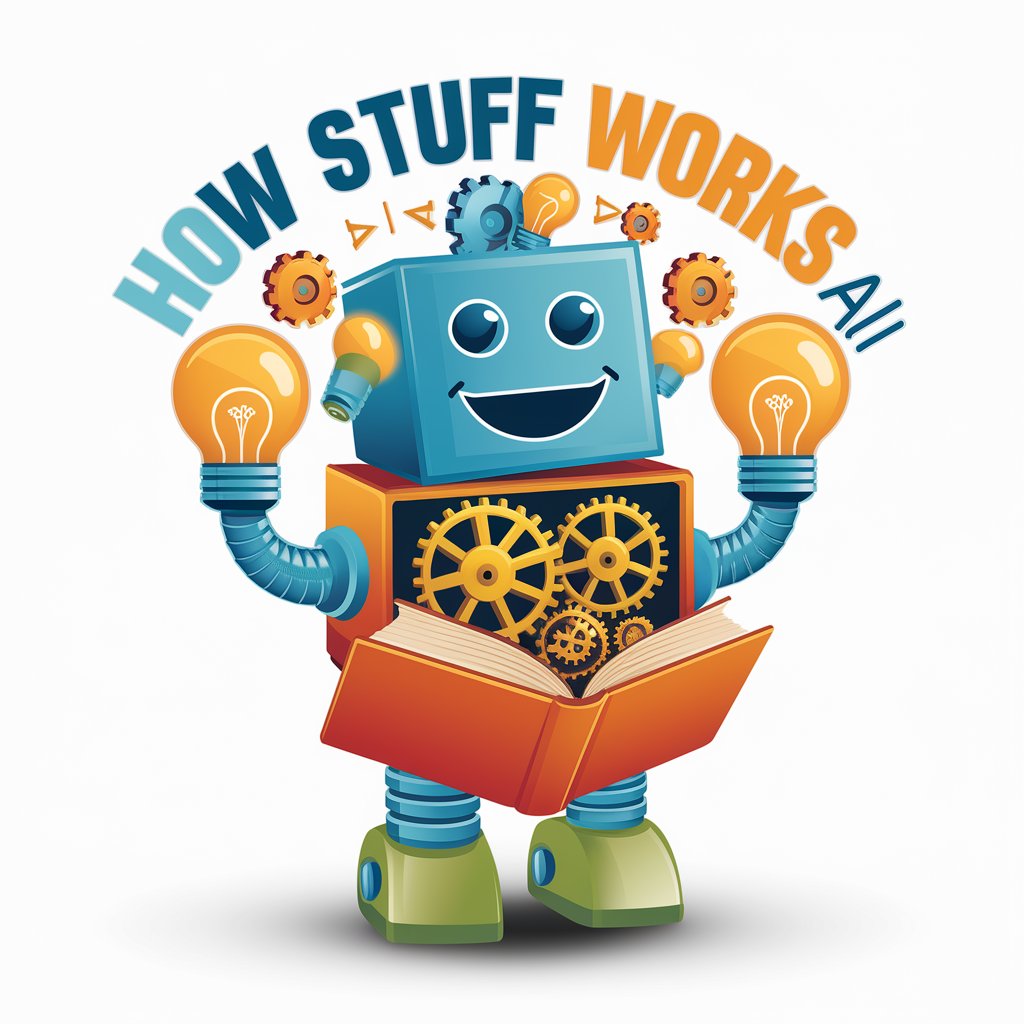
Mushroom Growing Gardener
Cultivate mushrooms smartly with AI

Power Pundit
Empowering PowerShell Mastery with AI

Lab Assistant
Empowering AP Science Experiments with AI
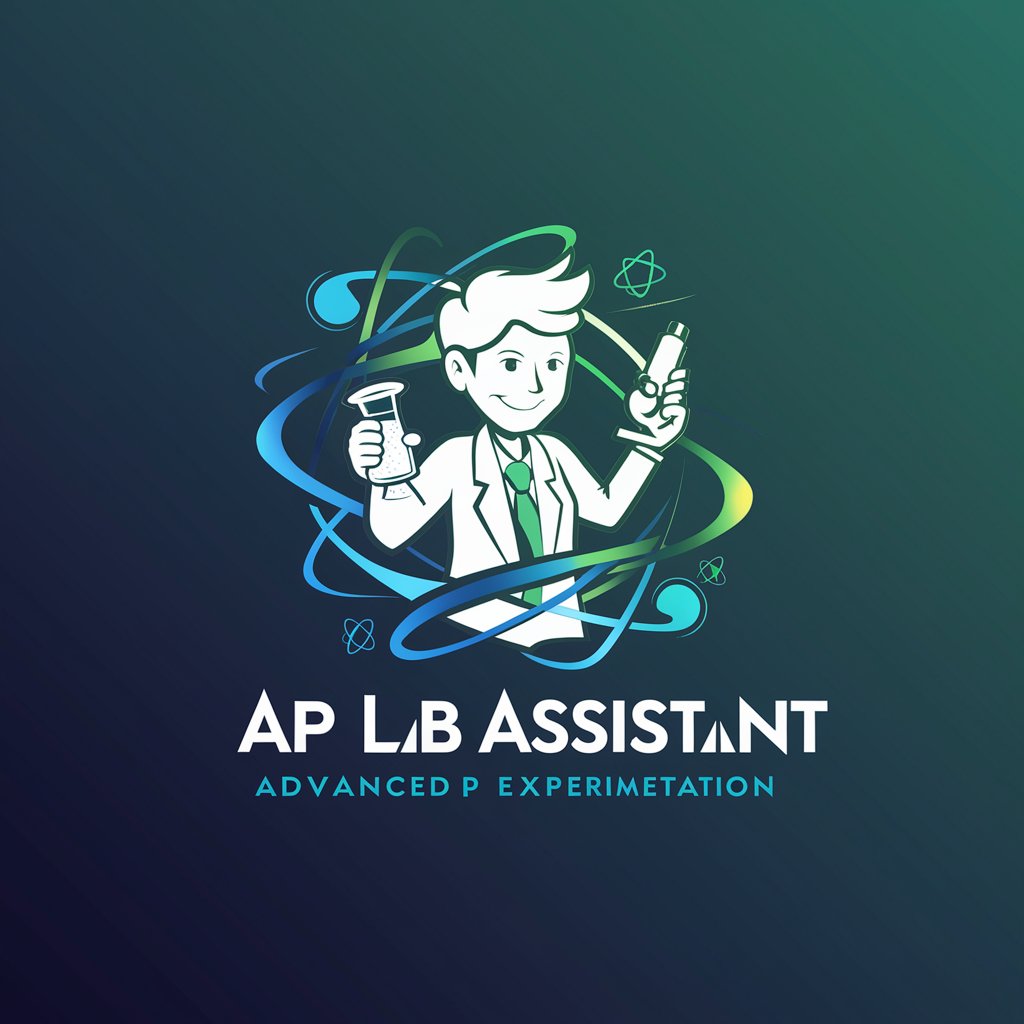
Linux Code Companion
Your AI-Powered Linux Guide

Key Attributes and Capabilities
AI GPTs for Troubleshooting Aid stand out due to their adaptability, understanding complex queries, and providing specific, actionable solutions. Features include natural language processing for easy communication, advanced data analysis for diagnosing issues, and the ability to learn from interactions to improve over time. Unique capabilities like integrating with technical documentation, web searching for the latest fixes, and offering step-by-step guidance further distinguish these tools. Some versions also support image understanding, making it easier to troubleshoot issues that are better described visually.
Who Benefits from AI Troubleshooting Tools
These tools are designed for a broad audience, including novices seeking straightforward solutions, developers looking for deep technical assistance, and professionals in specific fields requiring expert advice. They are particularly accessible to those without coding skills, thanks to intuitive interfaces, while also offering powerful customization options for users with programming expertise, allowing for tailored troubleshooting processes.
Try Our other AI GPTs tools for Free
Sales Conversion
Discover how AI GPTs for Sales Conversion can revolutionize your sales process with automated, intelligent interactions and data-driven insights.
Fantasy Sports
Discover how AI GPTs for Fantasy Sports revolutionize player analysis, drafting strategies, and decision-making with cutting-edge AI technology.
Sports Research
Discover how AI GPTs for Sports Research revolutionize analytics with predictive insights, performance analysis, and strategic planning in the sports domain.
Automation Strategies
Discover how AI GPTs for Automation Strategies can revolutionize your workflow with advanced, adaptable, and user-friendly automation solutions.
Marketing Ideas
Discover how AI GPTs for Marketing Ideas can transform your strategy with creative content generation, insightful analytics, and automated solutions tailored for the marketing domain.
CI/CD Automation
Discover how AI GPTs revolutionize CI/CD Automation, offering tools that automate, optimize, and enhance software deployment cycles with intelligent technology.
Expanding Troubleshooting Horizons with AI
AI GPTs for Troubleshooting Aid redefine problem-solving by offering customized, intelligent solutions across various sectors. Their user-friendly interfaces make advanced troubleshooting accessible to all, while integration capabilities ensure they can easily become part of existing workflows. As these tools evolve, they promise to enhance efficiency, reduce downtime, and improve user satisfaction by making troubleshooting more effective and intuitive.
Frequently Asked Questions
What exactly are AI GPTs for Troubleshooting Aid?
They are AI-driven tools that use generative pre-trained transformers to offer troubleshooting assistance. They understand natural language, analyze problems, and provide relevant solutions.
How do these tools understand complex technical issues?
By leveraging natural language processing and machine learning, they interpret the context and details of queries to provide accurate, actionable advice.
Can these tools integrate with existing systems?
Yes, many are designed with integration capabilities, allowing them to work alongside existing databases, documentation, and workflow systems.
Are these tools suitable for non-technical users?
Absolutely. They are user-friendly and designed to communicate complex solutions in understandable terms.
How do these AI tools adapt to new types of problems?
They learn from interactions, continuously updating their knowledge base with new information and solutions to improve their troubleshooting capabilities.
Can I customize the troubleshooting advice provided?
Yes, users with programming skills can often customize the AI's responses and the data it uses to ensure more targeted assistance.
Do these tools offer support in multiple languages?
Many AI GPTs for Troubleshooting Aid are multilingual, offering support in several languages to cater to a global audience.
What makes these AI tools different from traditional troubleshooting software?
Their ability to process natural language, learn from interactions, and provide contextually relevant, updated solutions sets them apart from traditional, static troubleshooting methods.